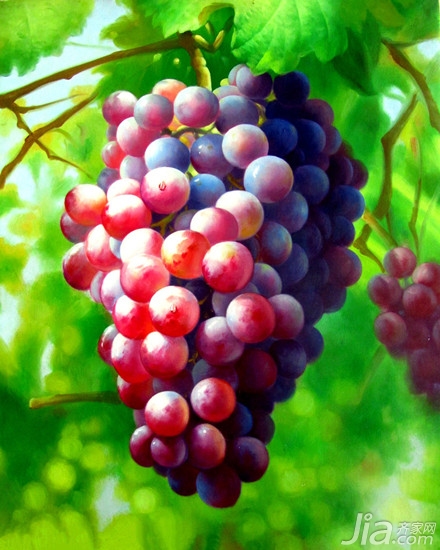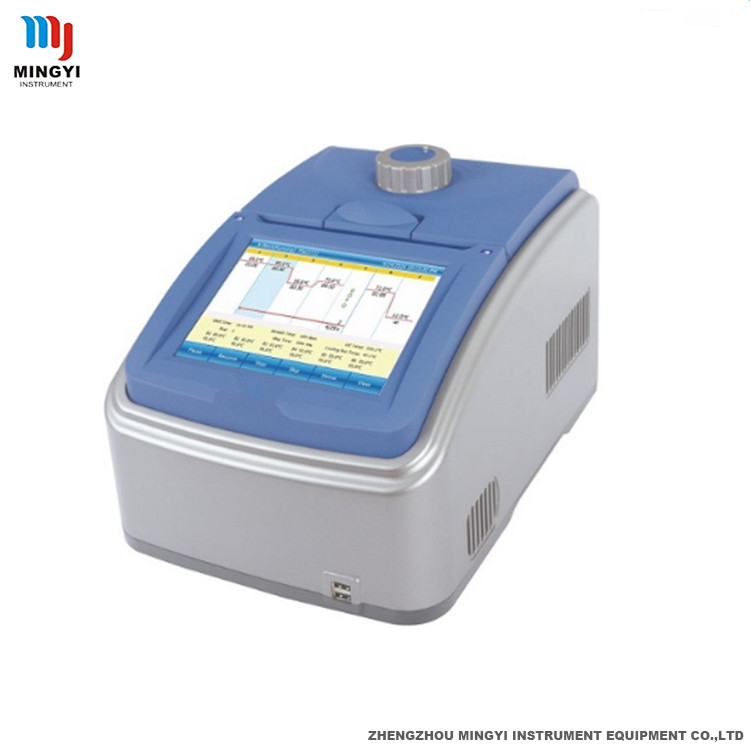There are many grape varieties, there are about 8000 species in the world, but only a dozen of grapes are commonly used for wine making. In general, it can be divided into two categories: wine grapes and food grapes. The world's cultivated varieties are the two systems of the European grape and the Fox grape. According to their origins, they are divided into eastern and European varieties. The "nuclear-free white", "milk", and "black-hearted chicken" that have long been cultivated in China belong to the Eastern varietal group. "Rose incense" and "Jia Li" are European varieties. Fresh or dry spare. How are the grapes grown? Take a look at the grape growing method . "Gazi Planting", "Practical Techniques for Red Globe Grape Cultivation," and "Very Contaminated Cultivation of Red Globe Grapes," and other related professional grape growing technology books. Soil: Grapes can grow on a variety of soils, such as deserts, floodplains, saline-alkaline soils, and rocky slopes. However, different soil conditions have different effects on the growth and results of grapes. 1. Light: Solar energy is the only energy source for photosynthesis in grapes. It is the power of the grape to carry out the cycle of energy and matter. 90% to 95% of grape yield and quality are derived from photosynthesis. The solar energy actually consumed in photosynthesis has not reached 1% of the total solar energy in many cases. In general, the utilization of solar energy in vineyards in China is only about 0.5%. Grapes are hi-light crops that have been framed and pruned for thousands of years to make it more abundant and reasonable. Second, temperature: Temperature (heat) is the most important meteorological factor affecting grape growth and results. The grape is a warm temperate plant and requires a considerable amount of heat. During the growing season (from the buds to the ripening of the paddles), the monthly mean temperature required for a temperature of 10 degrees or more is different depending on the species. Temperature also has an important effect on the growth of grapes and the outcome. High temperature can cause harm to the grapes, but the degree is far lower than the low temperature. Low temperature damage to the grapes is a common problem in the world of grape cultivation, low temperature limits the grape cultivation area. Grapes are generally grown between 20 and 51 degrees north latitude in the northern hemisphere. The northern limit of cultivation of European grape varieties is Germany's Rhine Valley, where the southern boundary of cultivation extends to India. In the southern hemisphere, grapes are grown mainly between 20 and 40 degrees south latitude. The limiting factor for the expansion of the European grape range in the direction of the equator is high temperatures, diseases and the lack of sufficient low temperature to induce grape dormancy. The main limiting factor for the expansion of European grapes in the bipolar direction is the short growing season, which is insufficient to ensure the ripening of fruits and vines and to resist cold temperatures in winter. 3. Precipitation: The amount of precipitation and season distribution strongly influence the growth and development of grapes and affect the yield and quality of grapes. In some regions, seasonal changes in some cultivars and precipitation are one of the most important climatic factors in the regionalization of grape varieties. Seasonal changes in precipitation, due to different types of climate in the world. And showed a significant difference. Seasonal distribution of precipitation in the Mediterranean climate is characterized by summer drought. It is rainy in winter and spring. The climate in China's main viticulture area is monsoon climate (except in Xinjiang), with high temperature and rain in summer, and rainy weather in southern spring has made grape cultivation more difficult. Except for Xinjiang, it is unfavorable for grapes, and the water stress phenomenon is very significant for the grapes. Fourth, nursery / cultivation: commonly used branches inserted, cut thick, buds full of annual branches. Use a single bud or double bud cut to grow about 5-15 cm of cuttings, and then insert 15cm×50cm into the seedbed in February. However, rootstocks with strong adaptability and resistance should be selected in the hot zone, and the grafted seedlings suitable for local climatic conditions should be cultivated by means of grafting and propagation. In the selection of rootstocks, the riparian grapes of the American species are resistant to heat and moisture; the grapes of the East Asian species are highly resistant to fungal diseases. Hot areas can be planted in winter or spring. The row-to-row spacing of the grids was 3m×1.5-2m, 1500-2000/hm2, or wide and narrow lines were 4m×0.5-1m and 2250-4500/hm2. V. Fertilizer/Nutrition: Grapes require large amounts of nutrients, mainly nitrogen fertilizer in the early stage, and the phosphorus and potassium fertilizers increase accordingly after entering the result period. In addition to organic fertilizer, the three elements of 80-150kg of nitrogen, phosphorus and potassium per hectare required for each production (receipt) should be adjusted according to varieties, yields, tree vigor, and fertility. The basal fertilizer is applied after entering the winter, and each chicken has 30.000 kg of ducks, 3750 kg of cake fertilizer and 3750 kg of superphosphate. Top dressings were applied before, before flowering, before flowering, and during fruit enlargement period. Spraying Zhuangguo Tiling and golden treasure microbial sweeteners were applied at the right time. Nitrogen fertilizer was used as the main ingredient in the early stage to promote dendrite growth and spike development, fruit enlargement period increased. Phosphorus and potash fertilizers, combined with the application of the microbial fertilizer, will be more effective. [5] As a result, a large number of beneficial microorganisms in microbial fertilizers rapidly spread in the soil with geometric progression, and metabolites of functional microorganisms can improve the soil. The physicochemical traits, improve hydrophilicity, adsorption, enhance permeability and water retention and fertility, so as to achieve grapevine drought and flood protection, increase production and increase the effect of improving quality. Outside the root dressing market, 0.3% urea and 0.2% potassium dihydrogen phosphate can promote fruit enlargement and maturation. The production of high-quality grapes requires irrigation facilities in the garden to avoid drastic changes in the soil in the garden. The germination period and young fruit growth period generally require more water, and it should be timely irrigation in case of drought. Six, plastic / pruning: hot zone generally use a small scaffolding or T-shaped fences to do the main mantle plastic. The rack type is relatively high above the ground, which facilitates ventilation and light transmission, reduces disease and radiation on the ground and leaves and fruit burns. Pruning is one of the important measures to ensure the output of the year. In the winter, after the leaves are fallen, the long shoots are left 8 to 12 knots, the middle shoots are left 5 to 7 knots, and the short tips are left 3 to 1 knots. Summer shear is to remove excess buds in the bud, and apply anti-corrosion film on the trim mouth. Before flowering, remove too many inflorescences, stay large and stay strong, and stay weak. When the dendrite grows to a certain extent, it is tied to the surface of the rack, removing tendrils in time to reduce nutrient consumption. As a result, 5-7 leaves were picked up in front of the inflorescence to improve the nutritional status. The rate of fruit set in the grapes is high, and the fruit can be shredded appropriately to make the fruit uniform in size, otherwise deformed fruit and small fruit appear. Information on grape growing methods was introduced here for everyone. I hope this article will help everyone. If you still have something you don't understand, you can leave a message to Xiaobian at the bottom. We will answer your questions as soon as possible. How to do a budget decoration with a loft How to decorate a budget How to make a curtain installation method How to apply for a renovation loan?
GET-S intelligent economy type PCR Machine adopts 6 American Marlow standard semiconductor cooling chips, the maximum temperature changing rate is greater than 4.5 degrees per second, and the number of cycles is greater than 200 thousand times. GET-S Series thermalcycler integrates a variety of advanced technology in one: WINCE operating system, color full touch screen, a variety of replaceable modules, computer online functions, printing functions, large data storage and expansion functions, all of which will improve the function of qualitative PCR products to the extreme, powerful functions will meet the needs of higher requirements of the experiment.
Characteristic
Temperature range: 0-100C
GET-S Series PCR Thermal Cycler GET-S Series PCR Machine,GET-S Series Thermal Cycler/ PCR Machine,GET-S Series PCR Thermal Cycler Machine,GET-S Series PCR Thermal Cycler,Thermal Cycler PCR Zhengzhou mingyi instrument equipment co.,ltd , https://www.mingyint.com





How to grow grapes